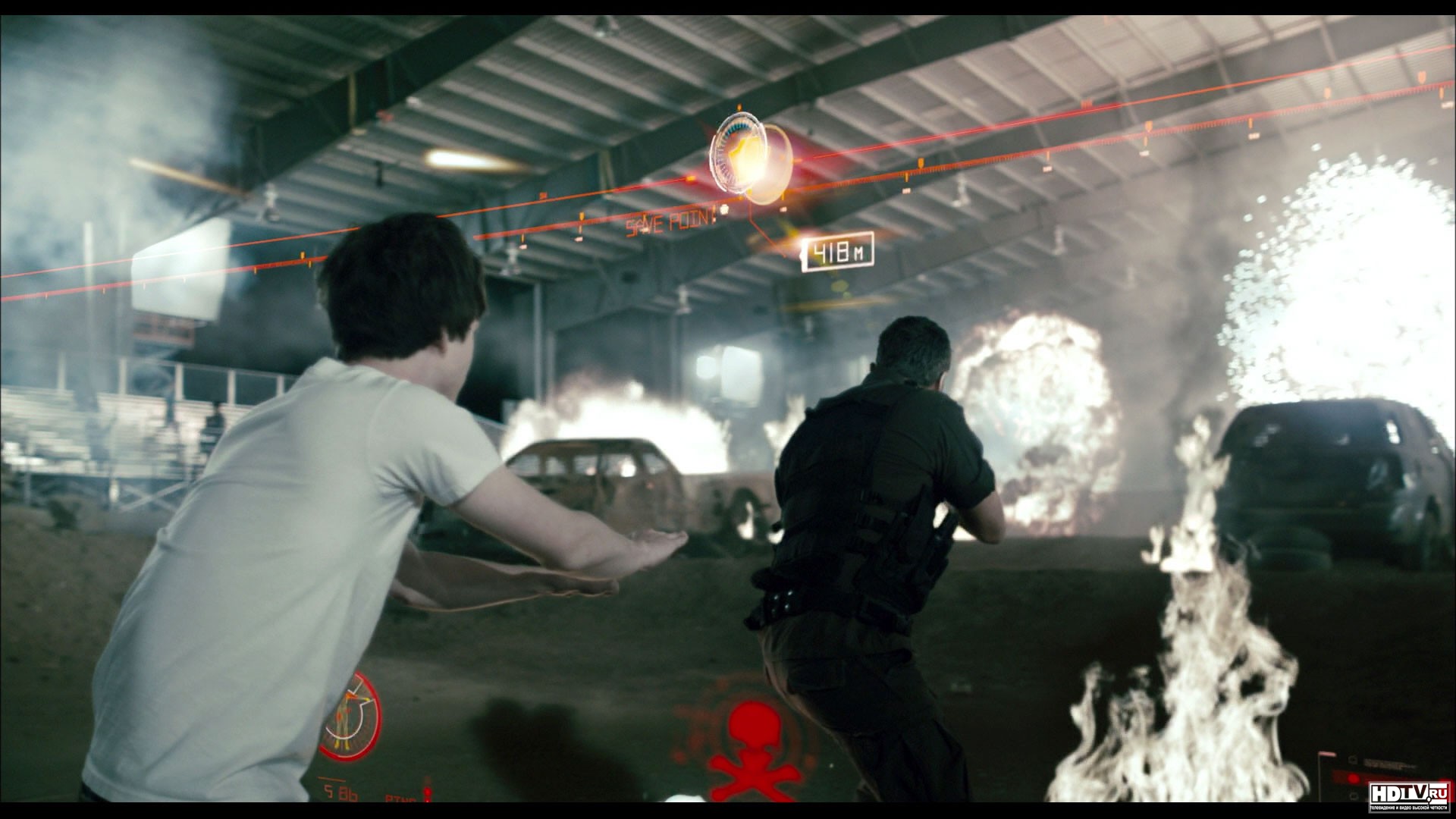Mass media degradation: from the first Pulitzer tabloid to live broadcast of hostilities

The live broadcast of the Battle of YouTube
Press for periodic coverage of local and world events appeared relatively recently - at the end of the XIX beginning of the XX century, when the general level of technical development, education of the population and availability of print reached the level necessary for the existence of newspapers and magazines.
Since the creation of the first tabloid by Joseph Pulitzer (and, in fact, the “yellow” press ), almost one hundred and forty years have passed until today. The man, whose name is named the most prestigious award in the field of literature and journalism, became the ancestor of the wing of the industry, which until now has dishonored honest authors and marks without discernment almost all workers in the field.
Pulitzer is called one of the most successful publishers in history. In 1878 he bought the newspaper St. Louis Post-Dispatch and began work to increase its profitability. Joseph Pulitzer was the first in the history to use the tactics of exposing and screaming headlines in order to attract attention, which at the time greatly increased sales. The year 1878 can be called the point of “split” of media and publications into “yellow”, trying to maximize profits by any means, and more restrained and neutral ones who tend to cover events correctly to the detriment of popularity among the masses.
In addition to weighing his own pockets, Pulitzer also achieved the opening of Pandora’s box: news of a certain degree began to pall with time and, in order not to burn out, the “yellow” press began to force the situation more and more, changing the media to such an extent that even neutral publishers chase "Hot" news about the attacks, killings and cataclysms.
The suffering of other people rivets attention.

Joseph Pulitzer
Of course, human bloodlust is not Pulitzer’s merit. He only appealed to one of the lowest human needs in the form of a “spectacle”, the satisfaction of which was successfully practiced even in the walls of the ancient Roman Colosseum.
The general interest in negative information in the media did not just happen. Psychologists note that the desire of a person to consume negative news goes back not only to the psyche, but also to physiology. In particular, when reading news of shocking man (murder, terrorist attacks, war), the latter experiences a release of cortisol and adrenaline, because any mention of potential danger causes it, danger, reaction of the body.
Cortisol- glucocorticoid hormone of a steroid nature, produced in our body by the adrenal glands. When it enters the blood, it quickly penetrates through the walls of target cells, mainly the liver. Cortisol activates the synthesis of glucose in hepatocytes (liver cells) and the creation of reserves in the form of glycogen, while reducing the rate of glucose splitting in muscles. In fact, he is responsible for storing energy in case of a life-threatening situation, which traditionally for any living organism, hunger poses the greatest danger for one reason or another (so indirectly, while reading / watching negative news you get fat). Constant emissions of adrenaline , albeit in small doses, are addictive and the formation of a syndrome of psychic dependence on bad news.
Pop culture also adds fuel to the fire of this mass drug addiction: action films, blockbusters and horrors steadily gather huge cash registers on the experiences of the audience.
On the psychological plane, the desire to consume negative information is attributed by some researchers to the instinctive need of a person to be aware of potential threats. Contrary to the popular belief that the instinct for the continuation of the race is the main one, this is not so. The basic instinct is the instinct of self-preservation. If you died, then the race will certainly not be able to continue.
One of the "pieces of bread" media of various calibers - both large and respected, and small, the level of tabloids - coverage of wars and various military operations.
War has always attracted the attention of the public for several reasons. Firstly - to be aware of what is happening. Secondly - to get another dose of adrenaline due to grief and murder on, most often, another part of the planet. War correspondents exist since the time of the Crimean War (1853-1856) between the Russian Empire and the coalition of the French Republic, the British and Ottoman empires. It is this military conflict that is called the first in which the military leaders appeared.

Roger Fenton , the first official military photographer (correspondent) in history, worked during the Crimean War
One can only guess about the motivation of journalists of that time, but no doubt they were pursuing at least two goals: to highlight the conflict they witnessed, and also to prepare material that is popular and interesting to the public. But regardless of what goals the war correspondents pursued and pursue to this day (as determined only by the degree of their professionalism), the brainchild of Joseph Pulitzer reduces everything to flashy headlines, pressure on the reader and the desire to encourage one of the parties to be compassionate.
Strictly speaking, the coverage of military conflicts in the media, depending on the policy of publishing and presenting information, causes specifically empathy in one party or another.
Empathy, in contrast to compassion, is an emotional state of experience without losing the sensation of the external origin of this feeling. And now, reading the next round-up of news from the next “hot” point on the map, we all experience empathy to one of the parties, once again plunging into the vortex of drug intoxication with negative information.
Coverage of military conflicts has long turned into a separate type of activity: special correspondents are most often men, undergo military training and clearly understand where and why they are.
Of course, only leading publications, which either have a solid reputation among the media, or serious financial support from outside, can afford such a level. Be that as it may, the last decades of the military leaders in full detail savor every detail of what is happening during the battles. There is always a war on the planet somewhere, if not between states, then civil, from which the flow of negativity does not dry up. If, however, at the advanced calm, there will always be news of a local “spill” about the next cruel murder or other incident, and the military leaders will wait in the wings.
The last and, in a somewhat logical stage of coverage of the fighting was the live broadcast of the fighting for the city of Mosul, Iraq, which went on Youtube for two hours on October 16 of this year.
From that moment on, humanity crossed the next frontier. This is not a direct inclusion of the correspondent from the scene of events, not prepared material, which later, most likely, will form the basis of chronicles or art-house works. This is a two-hour live broadcast, which by its very existence declares a new stage in the way content is presented.
If before information passed through many filters in the face of a correspondent, editor, proofreader, now the content consumer is left alone with reality without any censorship.
The first discovery that consumers of human grief in the face of media readers who give preference to negative news can make vzroscheny on catchy headlines is that the war is not as dynamic as it seemed before. After all, most of the time nothing happens on the screen, and some military officials say that 98% of the time is just a routine. Therefore, it is usually reached us 2% of what is happening, filtered and "wrung out" through a dozen hands, which passes the material before publication.
Thanks to the development of high technology, the Internet, in particular, the online media, violence has become commonplace. The only thing that had restrained the media earlier was the requirement of sovereign governments to limit the level of cruelty reflected in the materials. Censored footage of crippled bodies, no murders, warnings about "adult content." All this turned the coverage of conflicts into a kind of "toy" war, somewhere far away and make-believe.
But the possibility of live broadcast 24/7, which was provided to us by the development of technologies and means of communication, albeit from a single perspective, negates the entire existing institution of censorship. Now it will be impossible to “filter” and “soften” the content, because the consumer has access to it in real time. Moreover, the access is in the form of a first-person one, without comments and “choice of the parties” by the editorial board.
The topic of monitoring online warfare has been raised more than once in literature and cinema. The brightest example of recent years can be called a fantastic film "Gamer", where the progress of modern gladiatorial fights is watched live throughout the world.

Shot from the k / f "Gamer", the real fighter manages the other person
Also, the concept of real violence in the format of an interactive show was raised not so long ago in the series of books The Hunger Games and their subsequent screen versions. The theme of gladiatorial fights is constantly emerging in popular culture, and the main and only difference from the arena of the Colosseum is the use of high technology, a step towards which we have already taken.
A natural question arises from all of this: technologies provide the possibility of true, impartial coverage of information that cannot be manipulated and about which science fiction writers write, or else open another Pandora's box, as Pulitzer did in his time?
After all, it is not possible to predict what kind of deformations in public consciousness will lead to familiarity with the everyday life of hostilities.
Only registered users can participate in the survey. Sign in , please.
